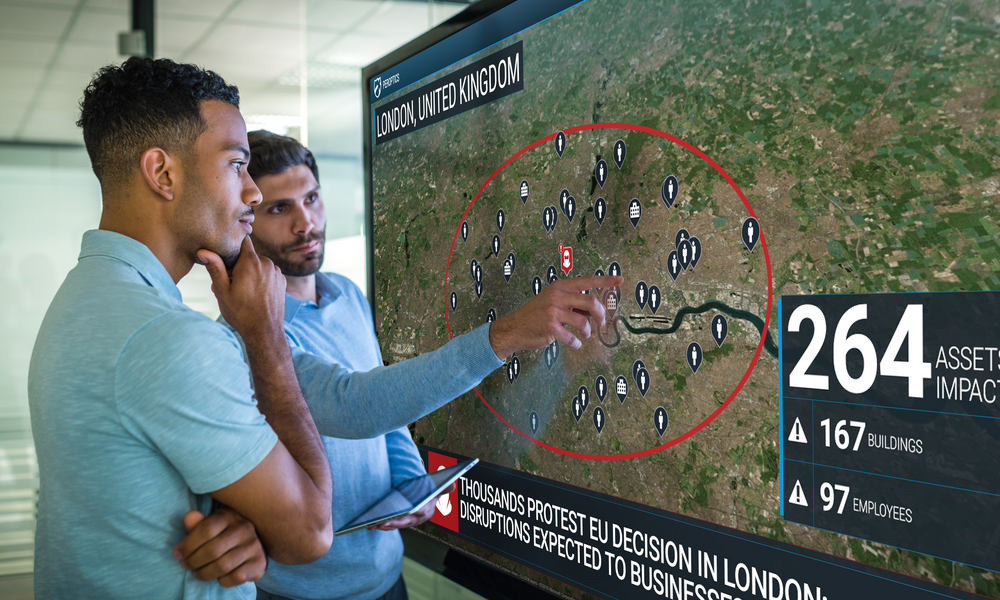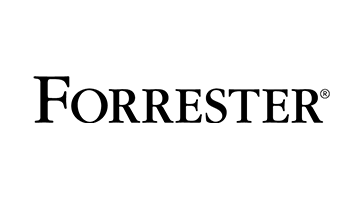Blog
9 Trends in healthcare communications and HIPAA-secure messaging

There are very few professions where fast, reliable communication is as important as it is in healthcare. In a hospital setting, doctors and nurses are faced with a host of complex and time-sensitive situations that often require delivering patient information. It is somewhat surprising, then, that in many of these organizations, the options available for quick and secure healthcare communications are limited. Many times, doctors and nurses rely on pagers and email, and are confined to specific computers and work stations, in order to communicate important Patient Health Information (PHI) related to topics such as treatment, status, discharge and more.
The reason for this is simple— the Health Insurance Portability and Accountability Act (HIPAA) exists to ensure that healthcare professionals comply with the standards of the law to protect PHI. HIPAA has long stood as a landmark, industry-defining safeguard that rightfully protects against the evolving threat of cyberattacks, extended use of unsecure mobile devices and the ever present, unintentional consequences of mishandling patient data.
While HIPAA helps to safeguard security and privacy, it also has had the unintended consequence of limiting the use of efficient (yet, unsecure) communication methods in a healthcare setting. FaceTime, iMessage, Skype—all of these consumer-friendly options would be openly embraced by healthcare professionals, but they are not HIPAA-compliant. So where does that leave the industry? Are practitioners relying on pagers to communicate this sensitive, but critical and timely, information?
If you have been following our blog, you know that Everbridge is a firm believer in the importance of providing healthcare professionals with secure mobile communications solutions, including HipaaChat, our HIPAA-compliant, secure messaging application for Apple and Android devices. As for the rest of the industry, we conducted original research into the topic of messaging in a healthcare setting, surveying over 150 healthcare practitioners and administrators. In a new survey brief, 9 HIPAA-Secure Messaging Trends for Healthcare in 2015, we uncover some key findings related to the current state of secure messaging adoption in healthcare, as well as other important industry trends. Here is a sneak peak:
- This first finding may be the most revealing – our survey found that only 29% of healthcare employees have access to some sort of HIPAA-secure messaging solution. Considering how far hospitals have come technologically, this statistic should be somewhat disconcerting. It portends that healthcare professionals, working in an industry that necessitates the quick transmission of patient information, are forced to operate with relatively limited options for mobile communications. As a result, more than two-thirds of healthcare workers use subpar or non-compliant technology (e.g. pagers) to communicate patient information, even when there are HIPAA-compliant alternatives available on the market.
Take a look at the whole document, and let us know your thoughts. Are you seeing the same trends in your healthcare organization? We will also be sharing key findings on Twitter (@Everbridge). Feel free to engage us!

